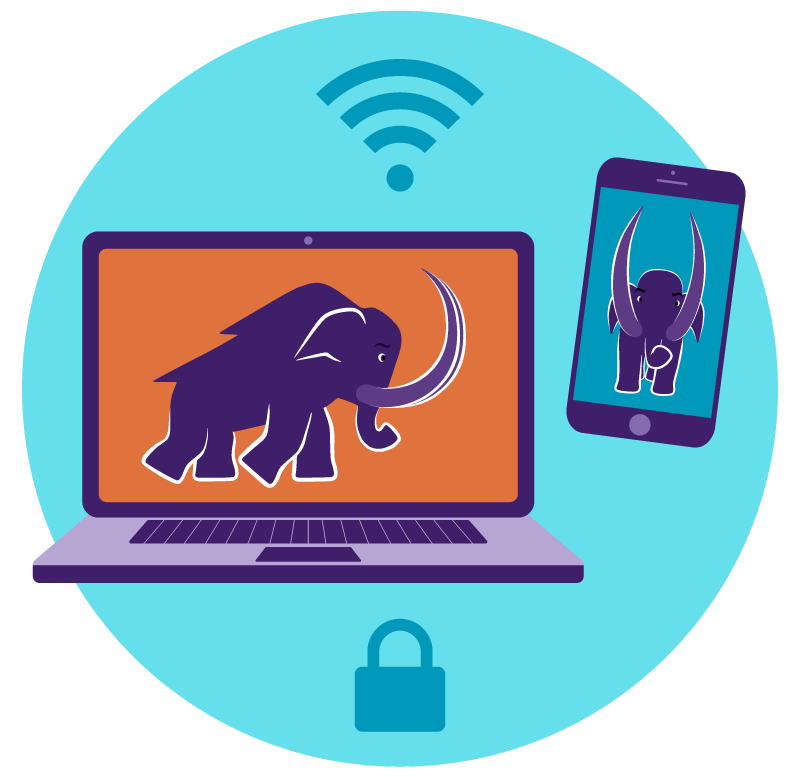Image

Image

Camera Covers
Get free camera covers for your computer, phone, and tablet at Cybersecurity Month events during October 2022! Watch the Daily Mammoth for details.
We know that cybercrime goes up when high-profile news stories break. Phishing emails, ransomware, and financial scams grew during COVID outbreaks, the creation of fiscal stimulus packages, and election controversies. During uncertain times, scammers exploit the anxiety or anticipation that many of us feel.
But we can protect ourselves — and each other — by following good cybersecurity practices:
- Lock down your login! Enable multi-factor authentication. Multi-factor authentication, e.g., using DUO to verify your login, makes it twice as hard for criminals to access an online account.
- Use strong passwords and a password manager. Password managers are digital vaults that store all your online credentials. A password manager, installed as an app or browser extension, can generate strong passwords, store them, and enter them automatically for you.
- Update your software and apps. One of the easiest ways to secure your information is to keep your software and apps up to date. Keeping them automatically updated ensures that security vulnerabilites are fixed.
- Don’t take the bait! Recognize and report phishing. If a message seems odd or too good to be true, be cautious and trust your instincts. If you receive an email or text asking you to provide personal information, log into an account, or donate to a charity, contact the sender directly using the phone number or website you know, not the link in the email or text. Report anything suspicious to phishing@amherst.edu.
- Don’t open attachments unless you know the sender and you’re expecting the document. Mouse over (or long-press on) links to make sure they are going someplace you want to go. Simple changes in a website address can take you to scam websites.
- Only accept DUO or other two-factor authentication prompts when YOU are initiating the login. If you receive a DUO or other two-factor authentication prompt when you are not attempting to log in, or if the prompt comes via an unfamiliar method, it may be a bad actor attempting to gain access to your account.
- Be wary of information from social media accounts. Follow well-known, trusted news sources, and verify any links to charities or other services.
Learn more about Email Phishing, Fraud, and Scams »
